In 1939, the Sheboygan County Comprehensive Medical Center rose from troubled ground, built atop an ancient Menominee burial site that had been sacred to the tribe for generations untold. The county planners, eager to replace the crumbling Victorian asylum, dismissed the tribal elders' warnings as mere superstition. What they intended as a beacon of modern healthcare would soon serve a purpose far darker than any could have imagined.
When America entered the Second World War, the federal government quietly repurposed the facility into an unlisted prisoner-of-war site, kept deliberately absent from official records. Unlike standard camps, this facility was reserved for high-value detainees—scientists, political operatives, and intellectuals deemed either too dangerous to release or too valuable to waste in ordinary captivity. Most would return to their homelands when peace arrived, but a few chose to remain.
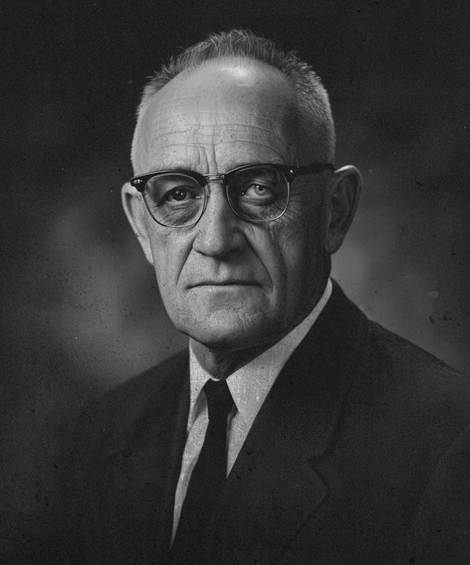 One such man was Heinrich Gütermann, who had once been a respected neurologist before the war destroyed everything he held dear. His eight-year-old daughter Lina had perished in an Allied bombing raid, trapped in their burning home while he stood paralyzed in the garden, watching flames consume his world. The guilt of that moment—the terrible, crushing weight of his cowardice—ate at him like acid. He became convinced that fear was humanity's greatest weakness, the fundamental flaw that held the entire species back from achieving its true potential.
One such man was Heinrich Gütermann, who had once been a respected neurologist before the war destroyed everything he held dear. His eight-year-old daughter Lina had perished in an Allied bombing raid, trapped in their burning home while he stood paralyzed in the garden, watching flames consume his world. The guilt of that moment—the terrible, crushing weight of his cowardice—ate at him like acid. He became convinced that fear was humanity's greatest weakness, the fundamental flaw that held the entire species back from achieving its true potential.
Operation Paperclip absorbed him into American service with a new identity: Dr. Henry Osgood, distinguished psychiatrist and researcher. By 1953, he had been appointed superintendent of the Sheboygan Medical Center, where he publicly administered a program designed to treat schizophrenia and severe phobias. In reality, he was spearheading a covert MKUltra subprogram, funded by the Central Intelligence Agency. Their objective was ambitious beyond measure: to chemically erase fear itself from the human psyche, creating super soldiers for the brewing Cold War. The program bore the code name Lazarus.
With strong government backing, Osgood began constructing his so-called "fear chambers" throughout the facility's basement levels. He created isolation chambers crawling with live predatory insects, drowning tanks, and cells designed to trigger the deepest, most primitive fears. His methodology combined extreme exposure therapy with experimental neurochemistry, injecting patients with compounds he had derived from strange phosphorescent fungi that grew wild in the soil above the burial grounds beneath the hospital.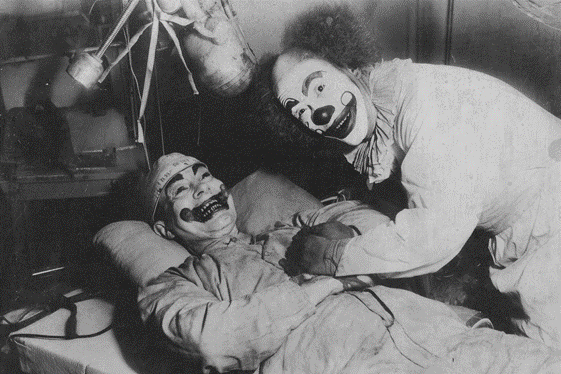
The compounds possessed remarkable properties: they first amplified terror to unbearable levels, overwhelming the subject's rational mind, and then gradually numbed all emotional response, leaving nothing but hollow compliance. The program showed early promise. Subjects emerged from the chambers changed, their fear responses completely eliminated. They felt no pain, experienced no anxiety, and followed orders without question.
But by 1960, the program had begun to encounter significant problems. Too many patients had simply vanished from the official records, their families asking uncomfortable questions. Rumors of strange incidents had started to circulate among the staff—stories of patients who no longer seemed quite human, who moved with unnatural jerky motions and stared with empty, unblinking eyes. Local authorities and journalists were beginning to ask questions that could not be answered without revealing the true nature of the research.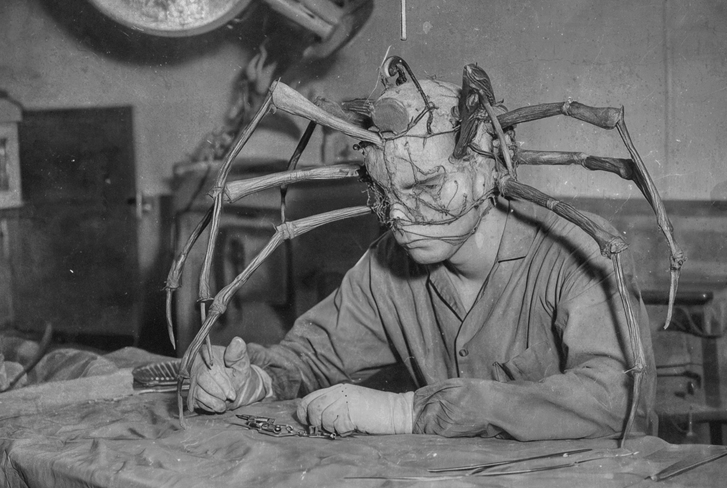
Osgood knew that exposure would mean not merely professional ruin, but prosecution for crimes against humanity. Desperation drove him to construct one final chamber, his most personal creation. He labeled it "Room 8" in memory of his daughter's age when she died, and designed it to recreate Lina's bedroom down to the smallest detail. The wallpaper bore the same pattern of tiny pink roses she had loved. In the center sat a burnt music box that played a warped version of her favourite lullaby, the melody distorted by heat damage until it sounded like a lament from beyond the grave.
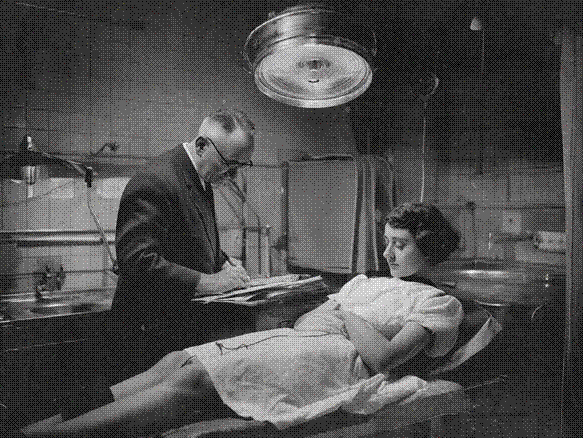
This would be his own fear chamber, designed to recreate the night of the fire, the helplessness, the overwhelming sense of loss that had defined his existence ever since. He sealed himself inside and activated the heating system while the recording of his daughter's voice echoed from hidden speakers: "Papa? Papa, help me!" The compound burned as it entered his bloodstream, amplifying every sensation until he felt he might go mad from the intensity.
Minutes later, he emerged unchanged. The guilt still gnawed at him with undiminished ferocity. The fear still consumed his every waking moment. He remained painfully, helplessly afraid—a coward who had failed to save his child and now had failed to save himself. His miracle cure had proven as useless on him as it had on every patient who had come before.
Facing complete and utter ruin, Osgood made one final, desperate gambit. If careful experimentation could not prove the effectiveness of his compound, perhaps sheer scale would accomplish what precision had failed to achieve. He made his way to the central utility room and released his final formula—Agent L-1NA, named in honor of his daughter—into the hospital's air circulation system.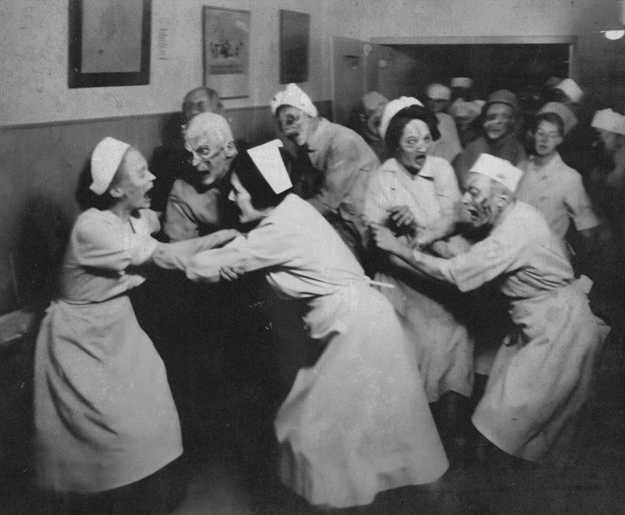
Chaos erupted within minutes. Staff members and patients alike began to seize and scream, their minds overwhelmed by chemically induced terror before succumbing to something far worse. They turned on one another in mindless violence, but the substance did not merely destabilize their minds—it began to warp their very bodies. Flesh sagged and twisted into impossible configurations. Jaws locked in permanent grimaces of absolute horror. Eyes went wide and unblinking. The corridors were filled with inhuman shrieks and the wet sound of footsteps as those who had once been human shambled through the facility, their movements jerky and unnatural.
The transformation was swift and irreversible. Whatever Osgood had created from those ancient burial grounds had done more than eliminate fear—it had eliminated humanity itself. The Sheboygan Medical Center was no longer a hospital for the elderly and mentally ill.
It had become something far worse than fear itself could ever conjure.
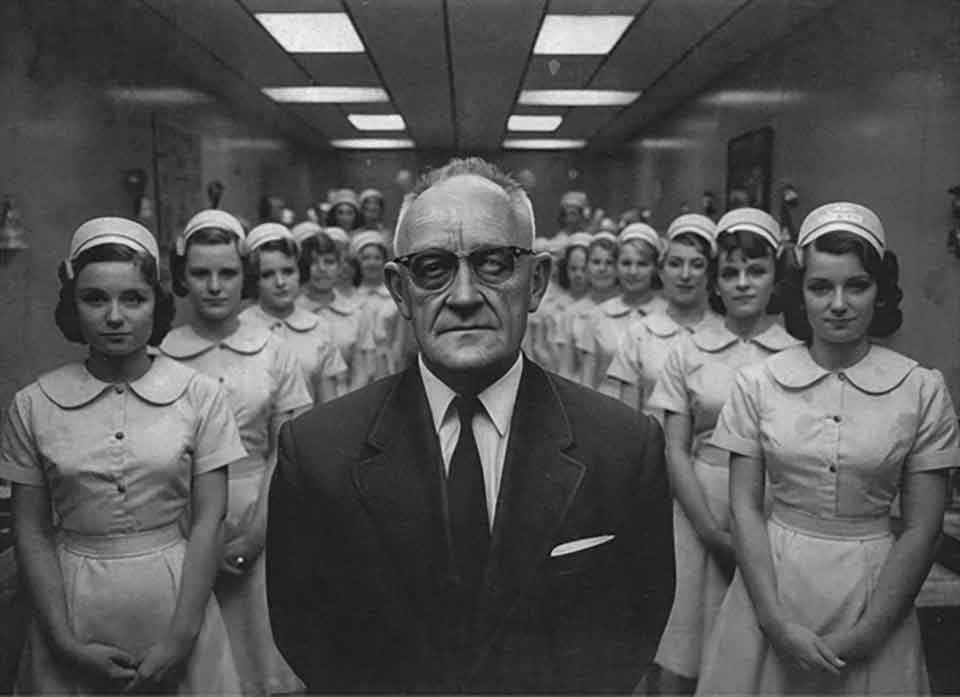
"I sought to free humanity from its greatest weakness, only to discover that our fears are not chains that bind us—they are the very threads that weave us together. In cutting them away, I have damned us all."
— Dr. Osgood’s final words over the intercom

sheboyganhauntedasylum@outlook.com
Google |
Apple |
Yelp
WisconsinHauntedHouses.com |
The Scare Factor